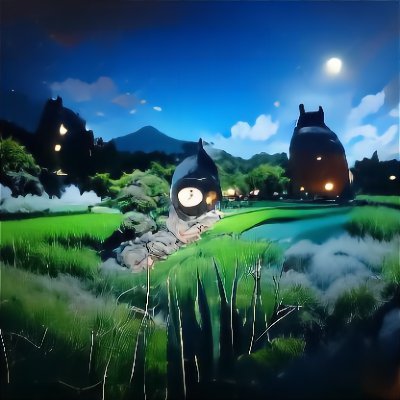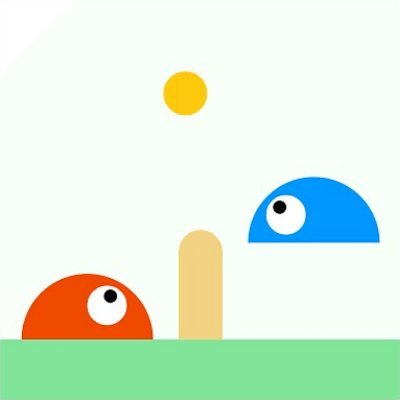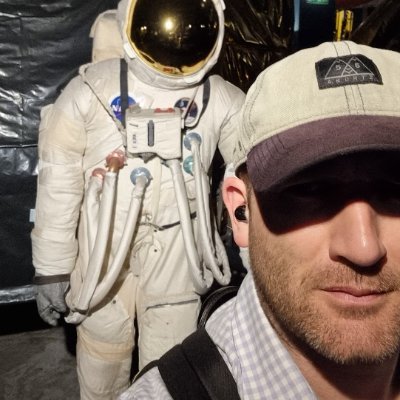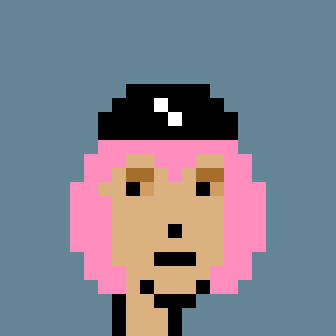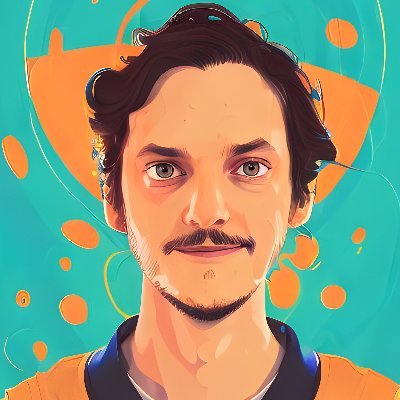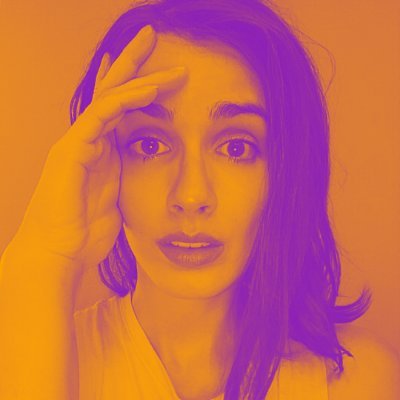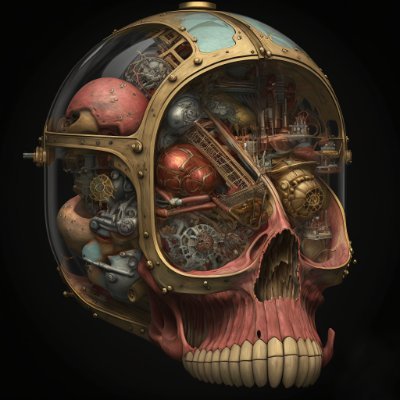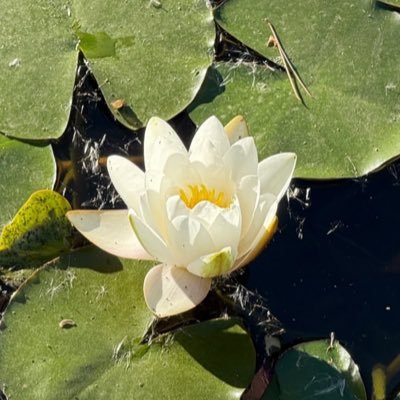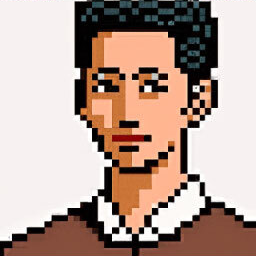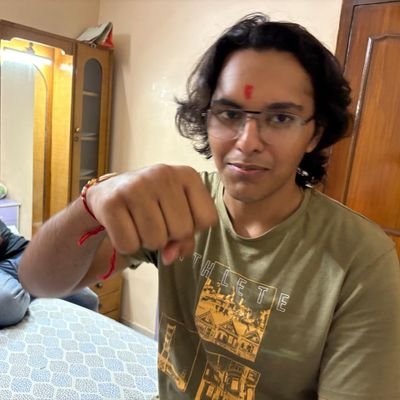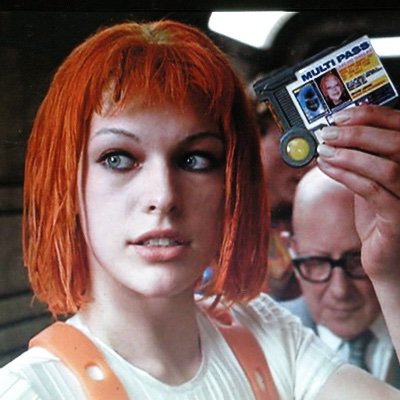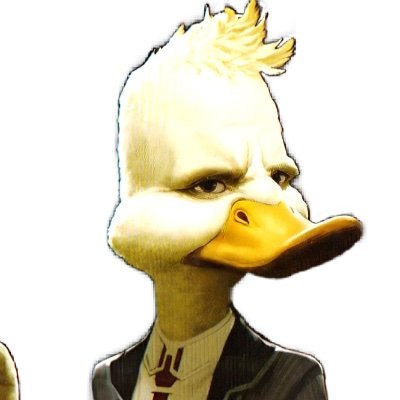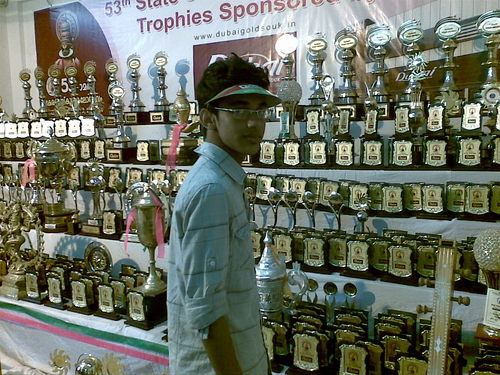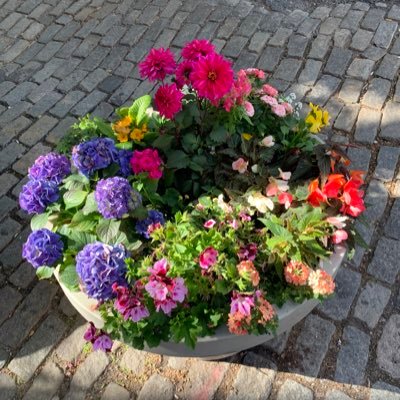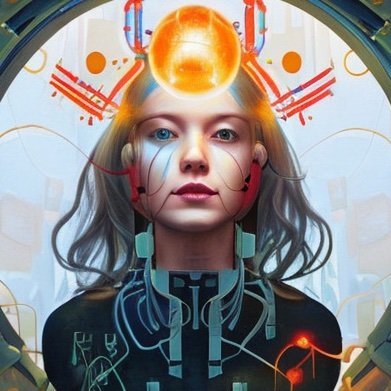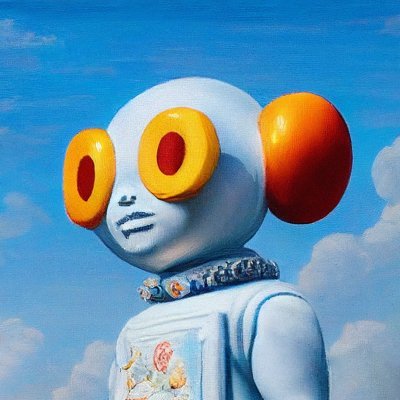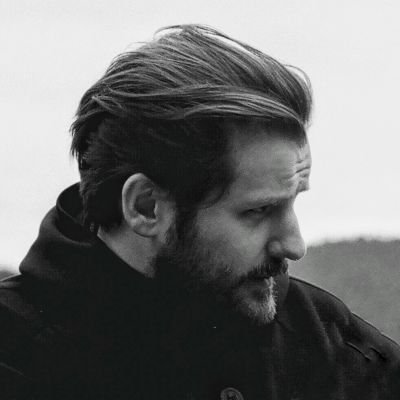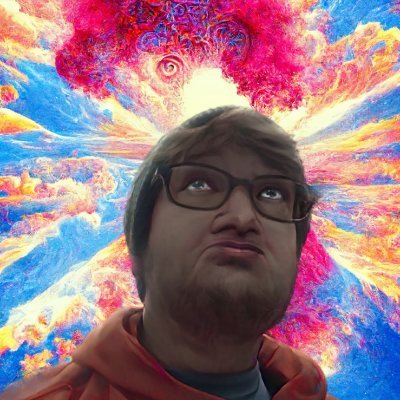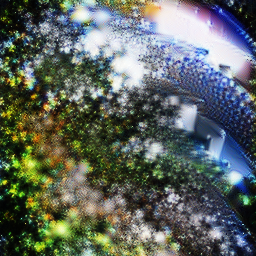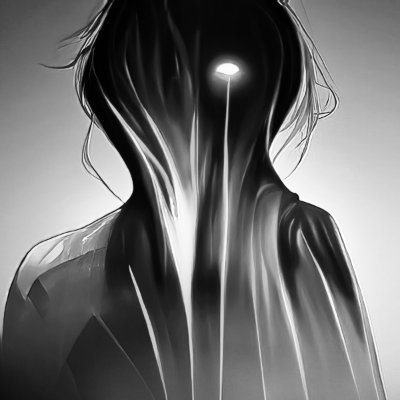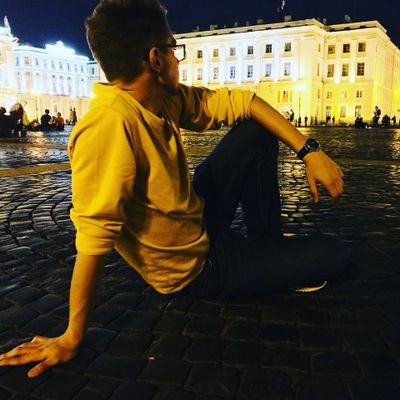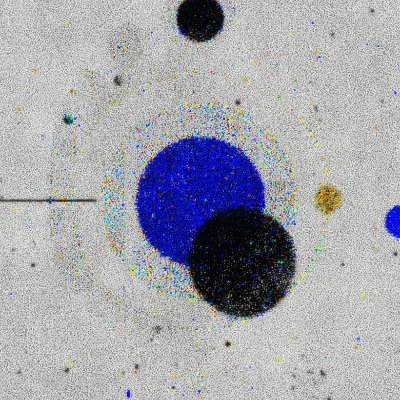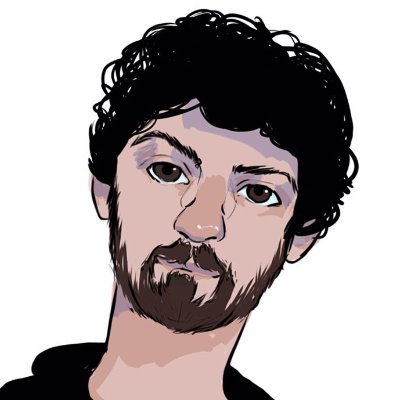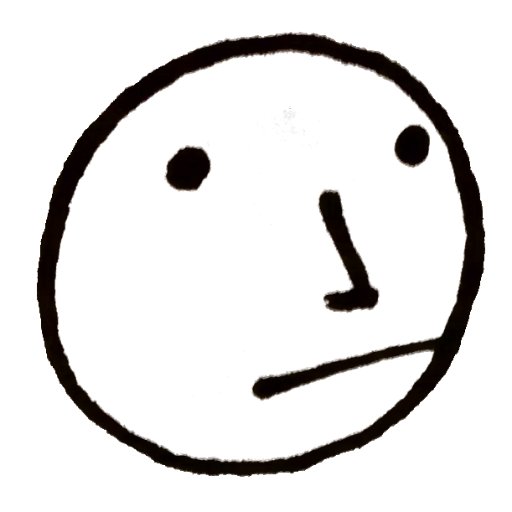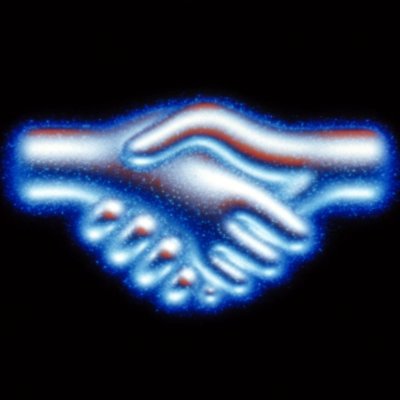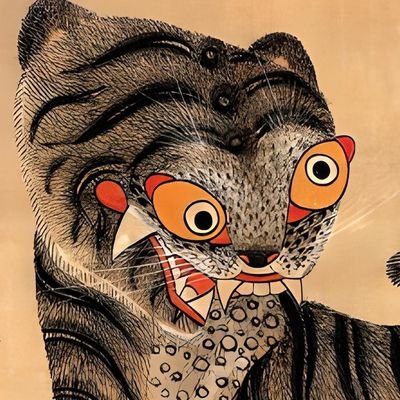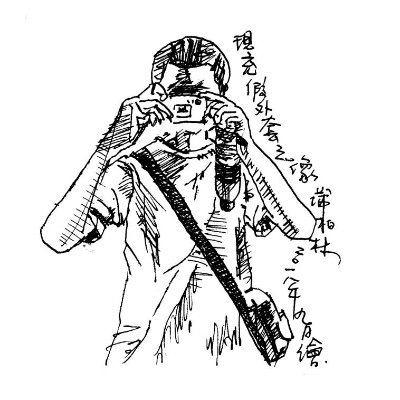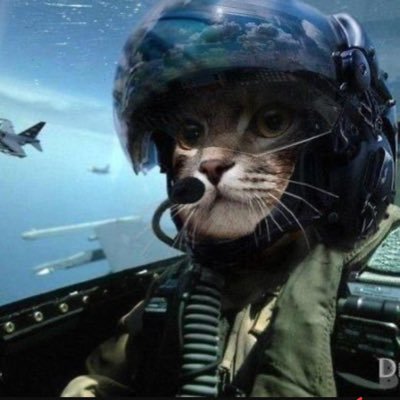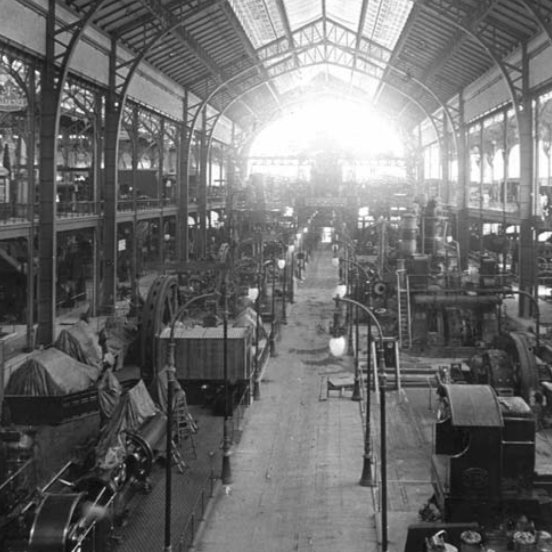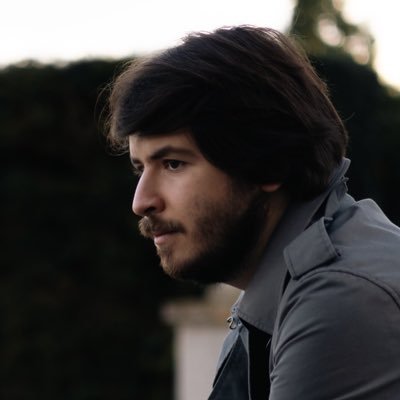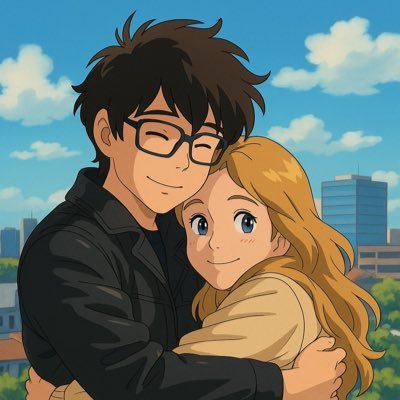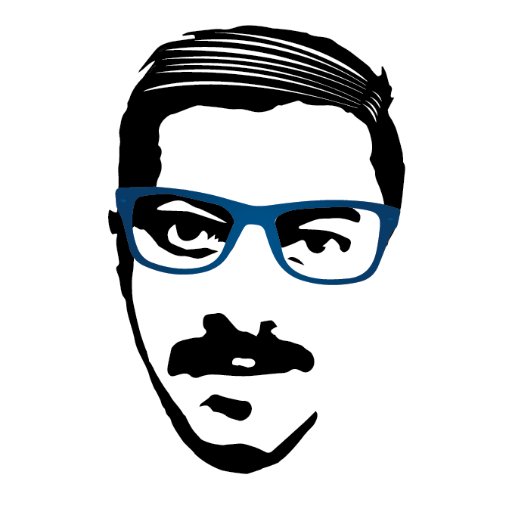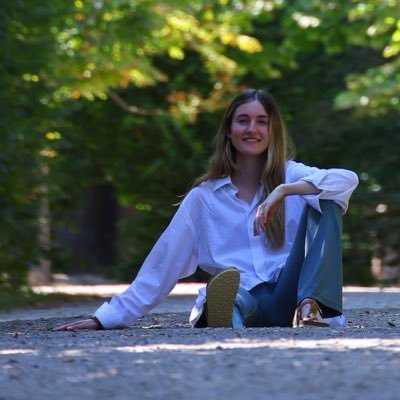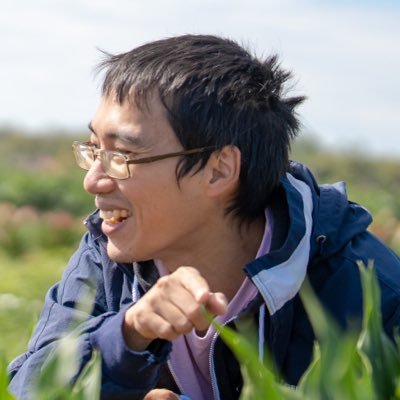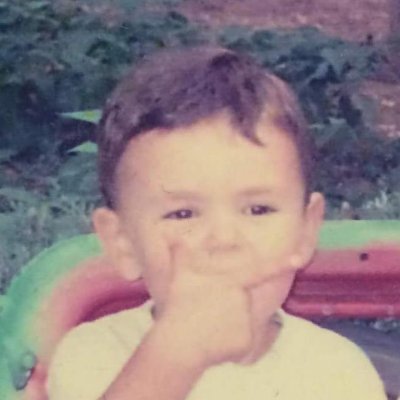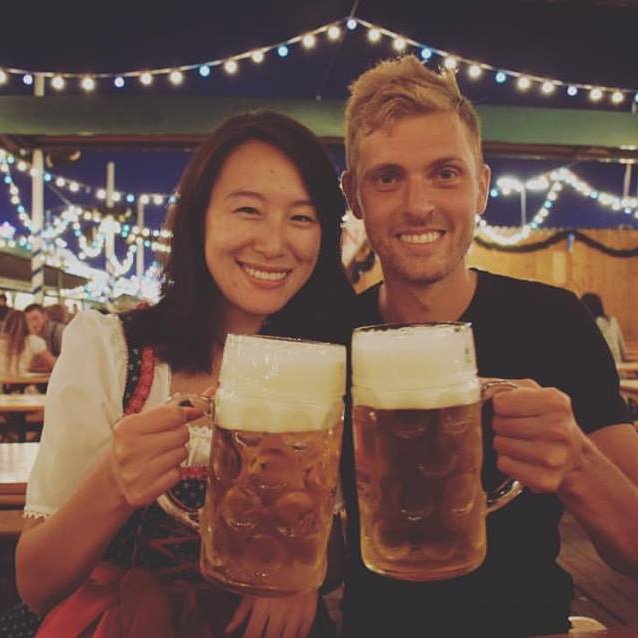
Ethan
@torchcompiled
trying to feel the magic. cofounder at @leonardoai_ directing research at @canva
قد يعجبك
personally I feel like the inflection point was early 2022. The sweet spot where clip-guided diffusion was just taking off, forcing unconditional models to be conditional through strange patchwork of CLIP evaluating slices of the canvas at a time. It was like improv, always…




Image synthesis used to look so good. These are from 2021. I feel like this was an inflection point, and the space has metastasized into something abhorrent today (Grok, etc). Even with no legible representational forms, there was so much possibility in these images.




New post! As opposed to building reward models over human ratings and using them for RL, can a model develop its own reward function? Humans seem to develop their own aesthetic preferences through exploration and socializing. How can we mimic this for generative models?

2 raised solutions here: 1 captures the social aspect while leaving out the difficulty of exploration: That one's taste develops by learning about other's tastes, we could imagine training a generative model trained over a dataset of many reward models, and sample new plausible…


New post! As opposed to building reward models over human ratings and using them for RL, can a model develop its own reward function? Humans seem to develop their own aesthetic preferences through exploration and socializing. How can we mimic this for generative models?

New post! I believe we can think of ourselves in two different lenses: an exact point of experience and the history of our patterns of behavior. Though the two are deeply interconnected.
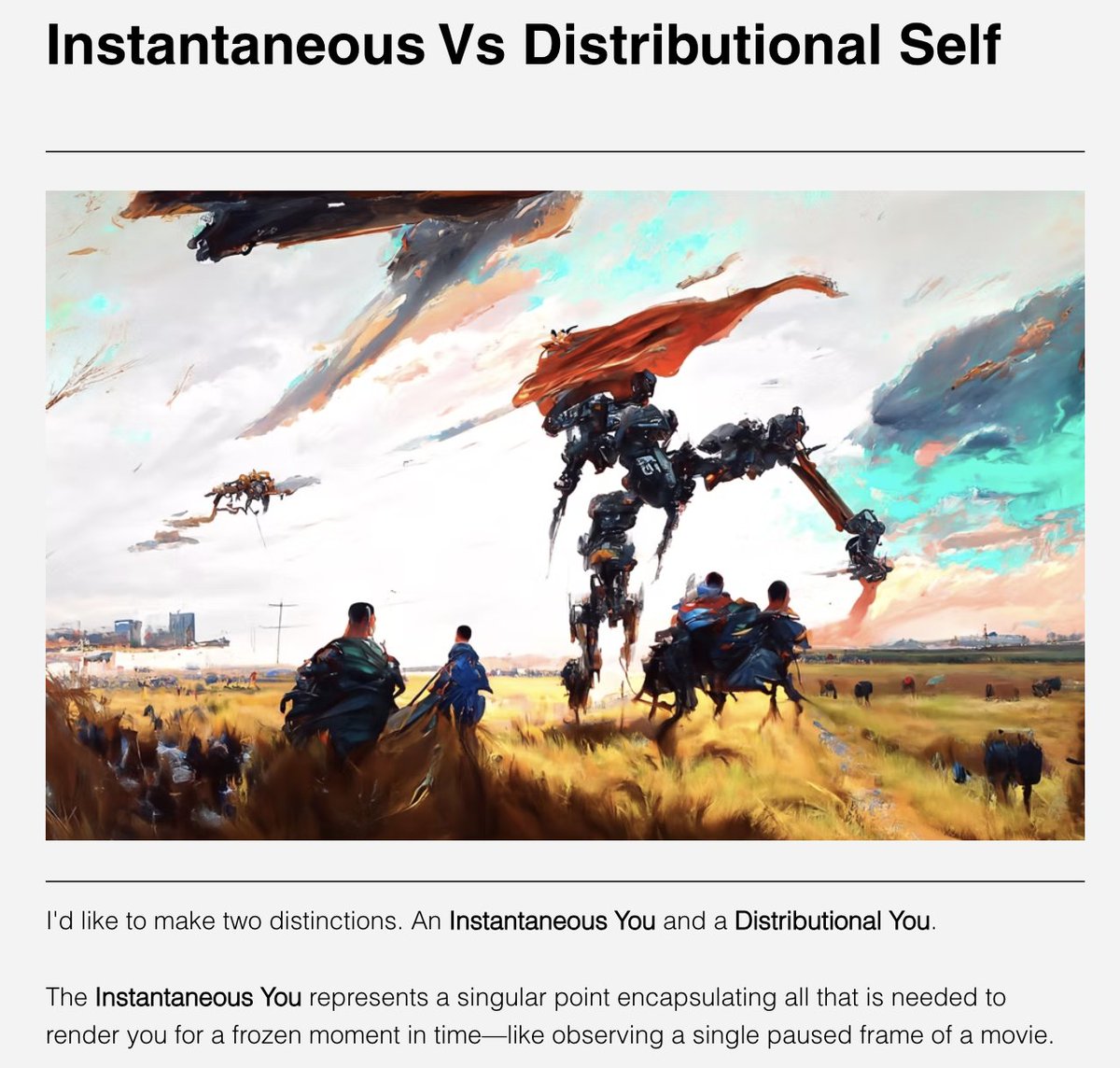
Last one in this series! Can we pinpoint where the self is located in the mind? We know that a number of parts of the brain can be ablated with minimal personality changes while others are more damaging. Not to mention how the body at large plays a role.

Yet another post on identity. Similar to the last, our model of the world is shaped by our observations of the world, which in turn precipitates our identities.

United States الاتجاهات
- 1. Chiefs 87.9K posts
- 2. Brian Branch 3,673 posts
- 3. #TNABoundForGlory 43.3K posts
- 4. Mahomes 25.3K posts
- 5. #LoveCabin N/A
- 6. LaPorta 9,570 posts
- 7. Goff 12.6K posts
- 8. Bryce Miller 3,736 posts
- 9. #OnePride 6,020 posts
- 10. Kelce 14K posts
- 11. Butker 8,035 posts
- 12. #DETvsKC 4,410 posts
- 13. #ALCS 9,827 posts
- 14. Mariners 44.1K posts
- 15. Baker 51.3K posts
- 16. Gibbs 5,449 posts
- 17. Dan Campbell 2,310 posts
- 18. Pacheco 4,638 posts
- 19. Collinsworth 2,611 posts
- 20. Tyquan Thornton 1,145 posts
قد يعجبك
-
 Alexander S
Alexander S
@devdef -
 KaliYuga
KaliYuga
@KaliYuga_ai -
 pharmapsychotic
pharmapsychotic
@pharmapsychotic -
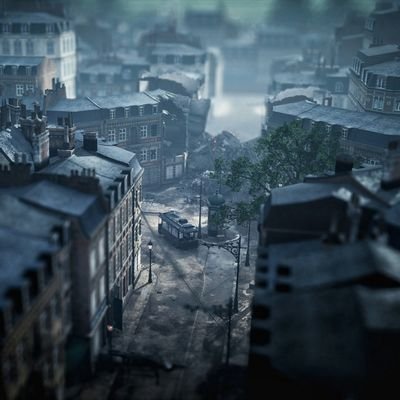 Shade.
Shade.
@Shade_9S0 -
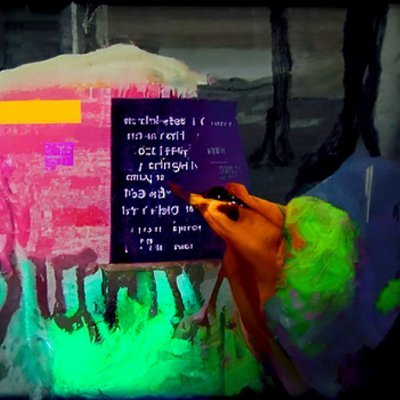 apolinario 🌐
apolinario 🌐
@multimodalart -
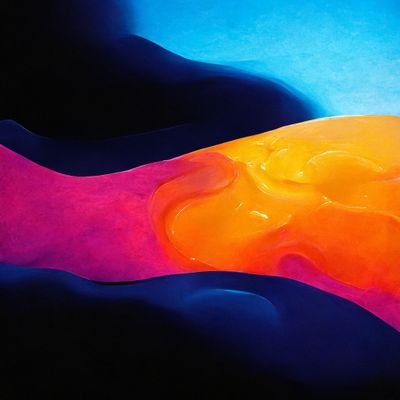 huemin
huemin
@huemin_art -
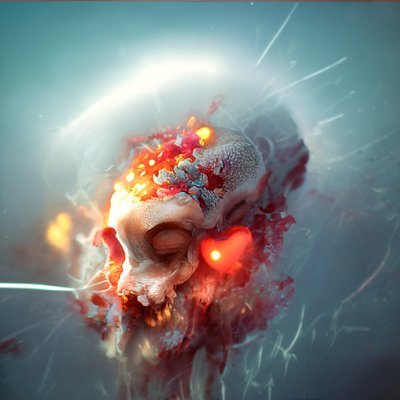 Takyon∞
Takyon∞
@takyon236 -
 Thibaud Zamora
Thibaud Zamora
@thibaudz -
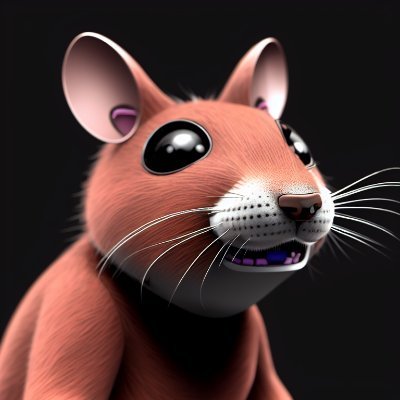 Nerdy Rodent 🐀🤓💻🪐🚴
Nerdy Rodent 🐀🤓💻🪐🚴
@NerdyRodent -
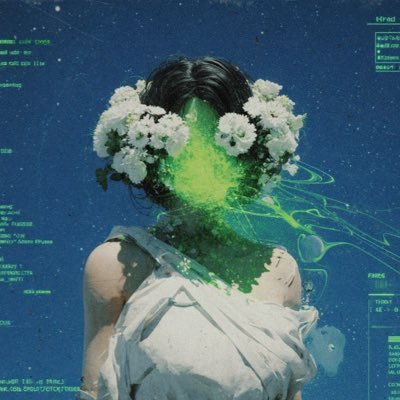 proxima centauri b
proxima centauri b
@proximasan -
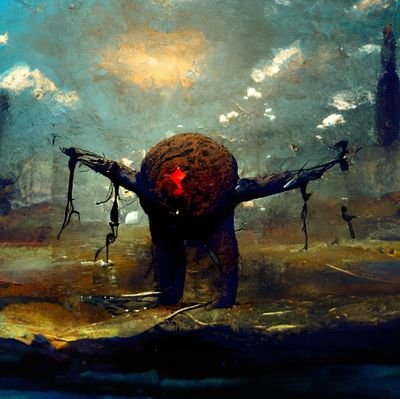 sure, ai
sure, ai
@sureailabs -
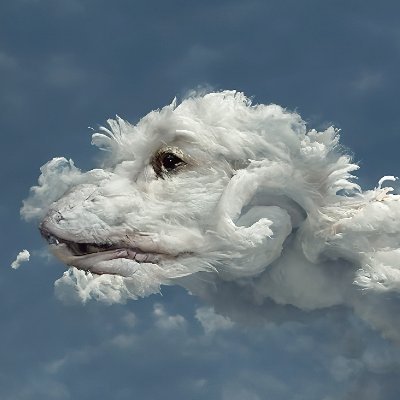 nin
nin
@nin_artificial -
 Chris Allen
Chris Allen
@zippy731 -
 |ᴬ𝖎| Joe
|ᴬ𝖎| Joe
@AiJoe_eth -
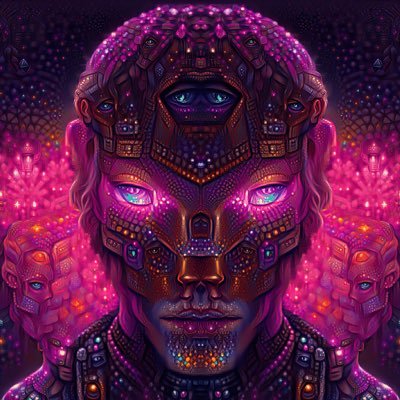 HeavensLastAngel
HeavensLastAngel
@HvnsLstAngel
Something went wrong.
Something went wrong.

















